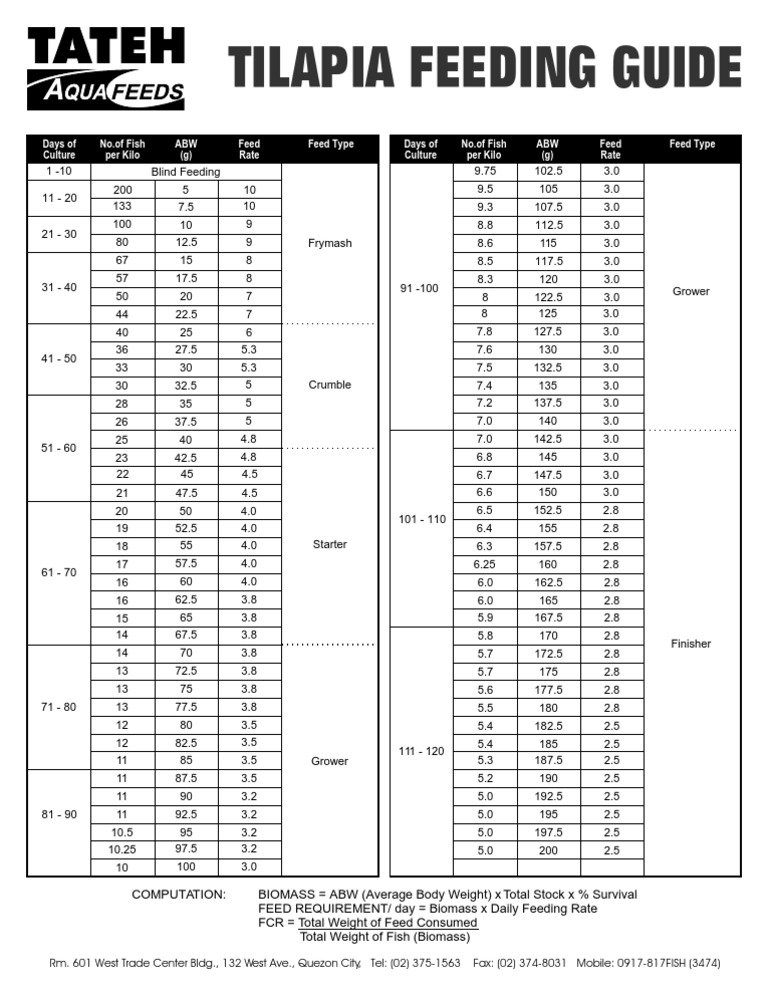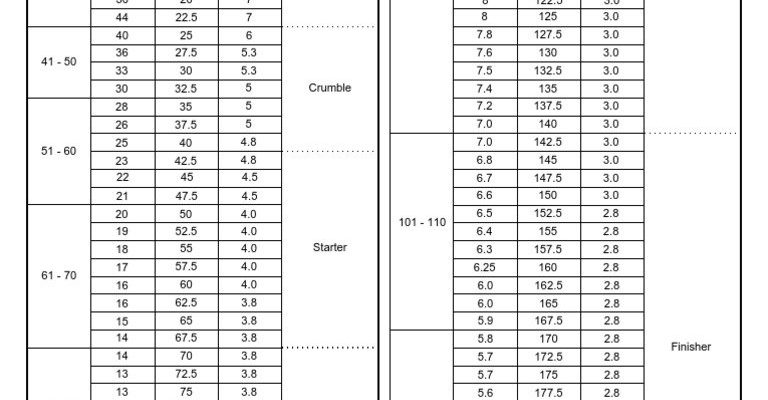
You might be wondering why tilapia are so popular among fish enthusiasts. It’s mostly due to their hardiness and rapid growth. So, if you’re planning to add tilapia to your aquarium or even a backyard pond, knowing how and what to feed them will help you keep them healthy and happy. Let’s dive into the world of tilapia nutrition and feeding schedules!
Understanding Tilapia’s Diet
Tilapia are omnivorous fish, meaning they eat both plants and animals. This dietary flexibility allows them to take advantage of whatever food sources are available in their habitats. In the wild, tilapia primarily feast on algae, plant materials, and tiny invertebrates. They have a knack for nibbling on whatever they can find, which makes them resilient in fluctuating environments.
But how does this translate when it comes to feeding them in captivity? Well, here’s the thing: you want to mimic their natural diet as closely as possible to ensure they get all the essential nutrients. This can include commercial fish pellets designed for tilapia, along with fresh vegetables and occasional protein sources. Just like us, tilapia need a balanced diet to grow strong and healthy.
Commercial Feed Options for Tilapia
When it comes to feeding tilapia, commercial fish feed is often the easiest and most reliable option. These feeds are specially formulated to meet the nutritional needs of tilapia, helping them grow quickly and stay healthy. Most commercial feeds contain a mix of protein, carbohydrates, fats, vitamins, and minerals.
Strongly consider feeds that contain around 30-40% protein, as this is vital for their growth, especially during the warmer months when their metabolism is higher. You might find options like floating pellets or sinking pellets. Floating pellets are great for watching your fish feed, while sinking pellets can prevent overfeeding and waste.
Remember to read the ingredients list. Ideally, you want to see fish meal or other high-quality protein sources listed at the top. Not only does this give tilapia the nourishment they need, but it can also help improve water quality by minimizing waste.
Incorporating Fresh Foods into Their Diet
While commercial feed should make up the bulk of tilapia’s diet, incorporating fresh foods can add variety and improve their overall health. Think of it like adding seasoning to a dish—it can make all the difference!
You can feed tilapia vegetables like spinach, lettuce, or zucchini. Just chop these up into small pieces to make it easier for them to munch on. Additionally, they love fruits like watermelon and cantaloupe. These treats provide vitamins and add some excitement to their meals.
Don’t forget about protein sources! You can offer them small pieces of shrimp, worms, or even insects. These protein-rich snacks can help enhance their growth and overall vitality. Just be sure to remove any uneaten food after a few hours to keep the water clean.
How Often Should You Feed Tilapia?
Feeding schedules are essential for tilapia health. Generally, it’s recommended to feed them 2-3 times a day. This frequency mimics their natural foraging behavior in the wild, where they often snack throughout the day rather than having large meals at once.
Start with smaller amounts of food at each feeding. You want to give them only as much as they can consume within about 5-10 minutes. If there’s food left over after this time, you’re probably overfeeding. Keeping an eye on how much they eat will help you adjust portion sizes accordingly, preventing waste and reducing the risk of water pollution.
During warm weather, when tilapia are more active, you can increase their feed slightly. However, in cooler temperatures, their metabolism slows down, and they need less food. Just like you wouldn’t serve a big meal after a long workout when your body is winding down, tilapia need less food in cooler conditions.
Common Feeding Mistakes to Avoid
Even seasoned fish keepers make mistakes when it comes to feeding tilapia. One common error is overfeeding. It’s tempting to keep tossing in food, especially when they seem hungry, but too much can lead to poor water quality and health issues.
Another mistake is neglecting variety. Sticking to just one type of feed can result in nutritional deficiencies. Just like humans, tilapia benefit from a diverse diet. So, be adventurous and try different vegetables and protein sources alongside their pellets.
Also, keep an eye on the water conditions. If you notice your fish becoming lethargic or showing signs of illness, it might be related to their diet or how much you’re feeding them. Regular water testing can help ensure that you’re maintaining a healthy environment for your tilapia.
Special Considerations for Breeding Tilapia
If you’re planning to breed tilapia, pay extra attention to their diet. Pregnant female tilapia, or broodstock, need a diet rich in protein and nutrients to support the growth of their eggs and fry. During this time, increasing the protein content to around 40% can make a big difference.
You might also want to consider adding supplements like spirulina or other vitamins to their diet. This can help boost their immune system and ensure the fry are strong and healthy when they hatch.
Breeding is a unique undertaking that demands attentiveness. You’ll want to monitor their health and adjust their feeding schedule as needed. Just think of it as preparing a special recipe—you want to make sure everything is just right for the best outcome!
Final Thoughts on Tilapia Nutrition
Feeding tilapia might seem overwhelming at first, but once you get the hang of it, it’s pretty straightforward. By providing a balanced diet of commercial feed, fresh vegetables, and protein sources, you’ll help your tilapia thrive both in aquaculture systems and home tanks.
Remember to regularly assess their feeding habits and adjust your approach based on their behavior and water conditions. Over time, you’ll learn what works best for your fish, and watching them grow will be immensely rewarding.
So, as you embark on your tilapia-keeping journey, keep this guide handy. Happy feeding, and may your fish flourish!

